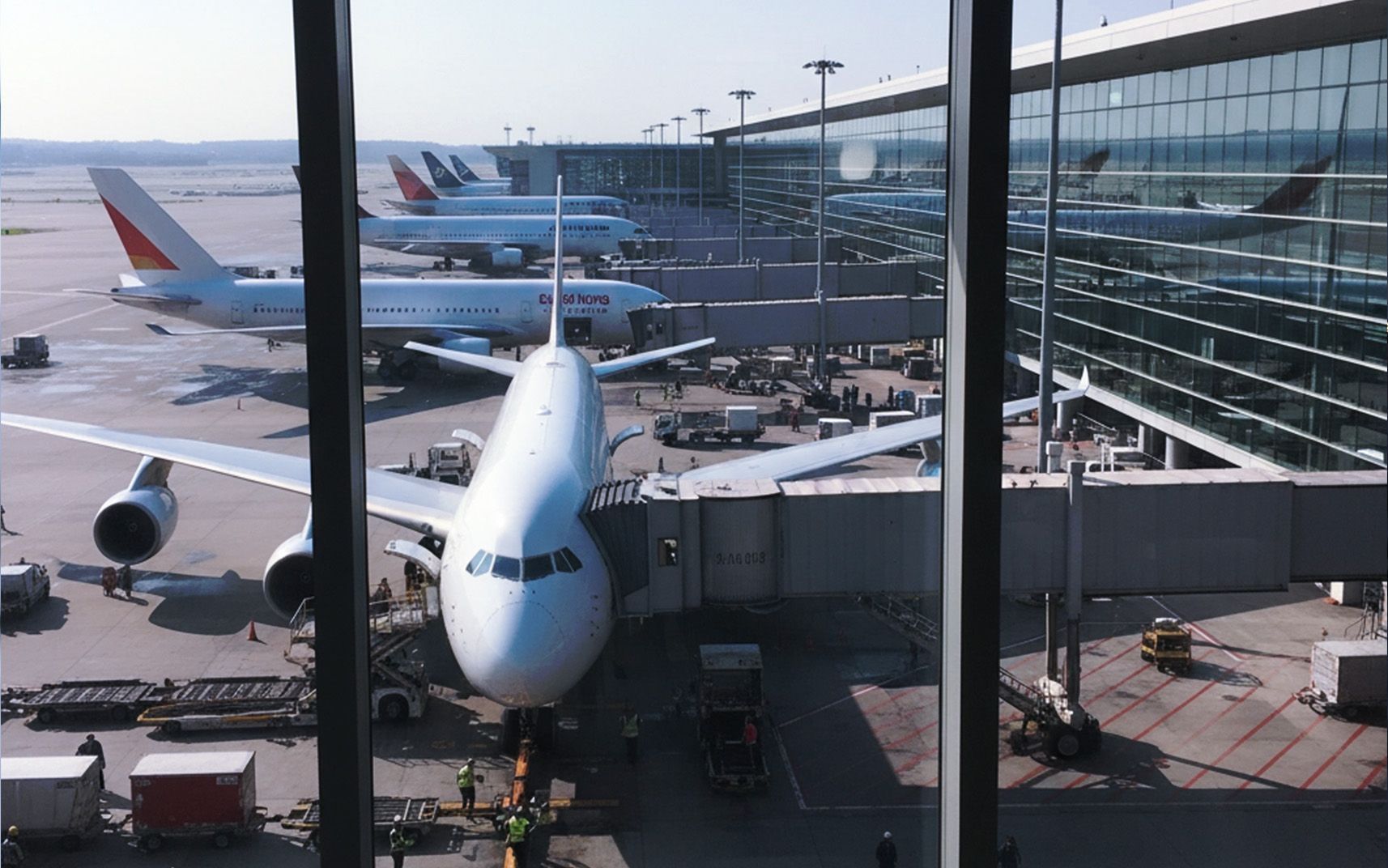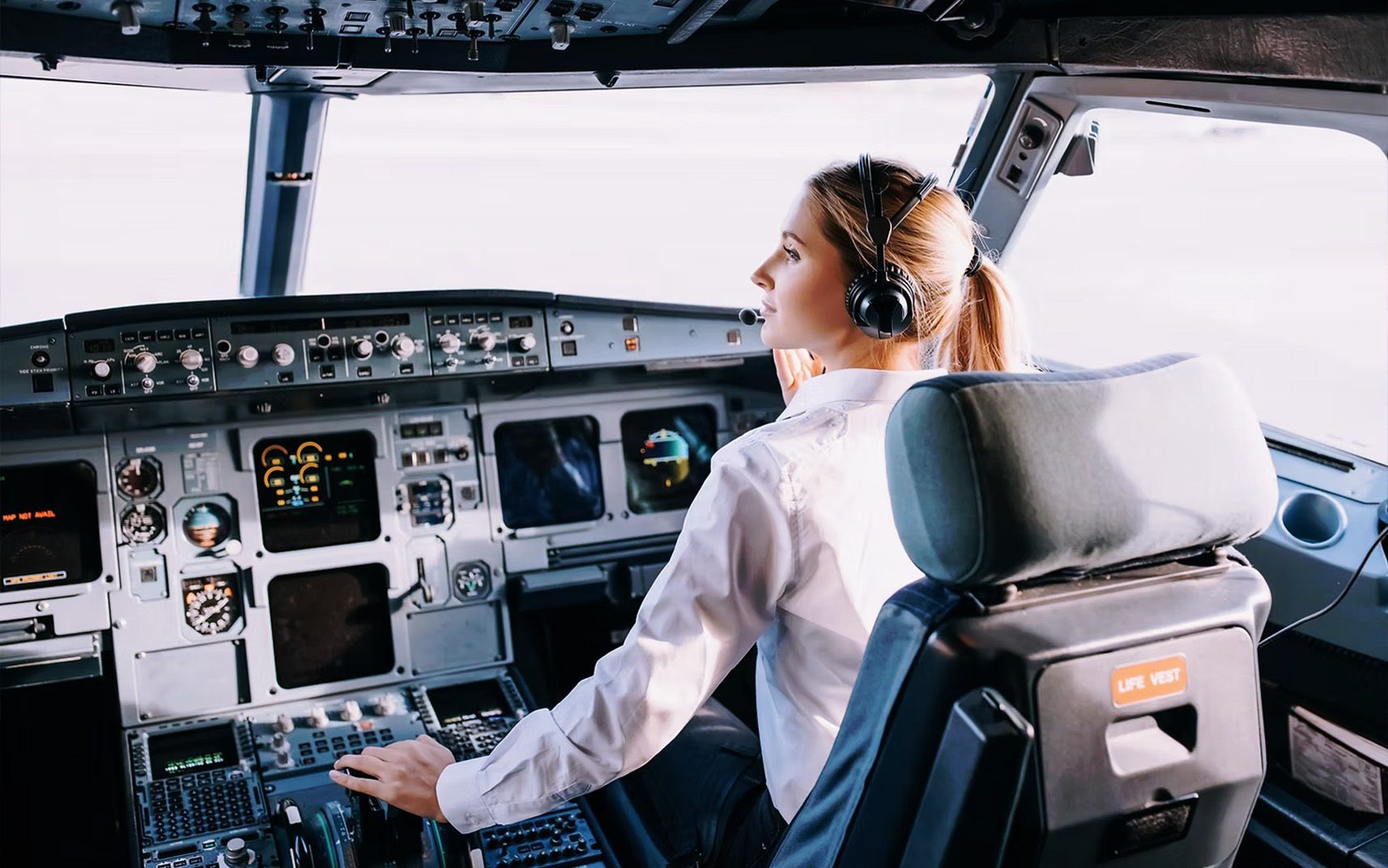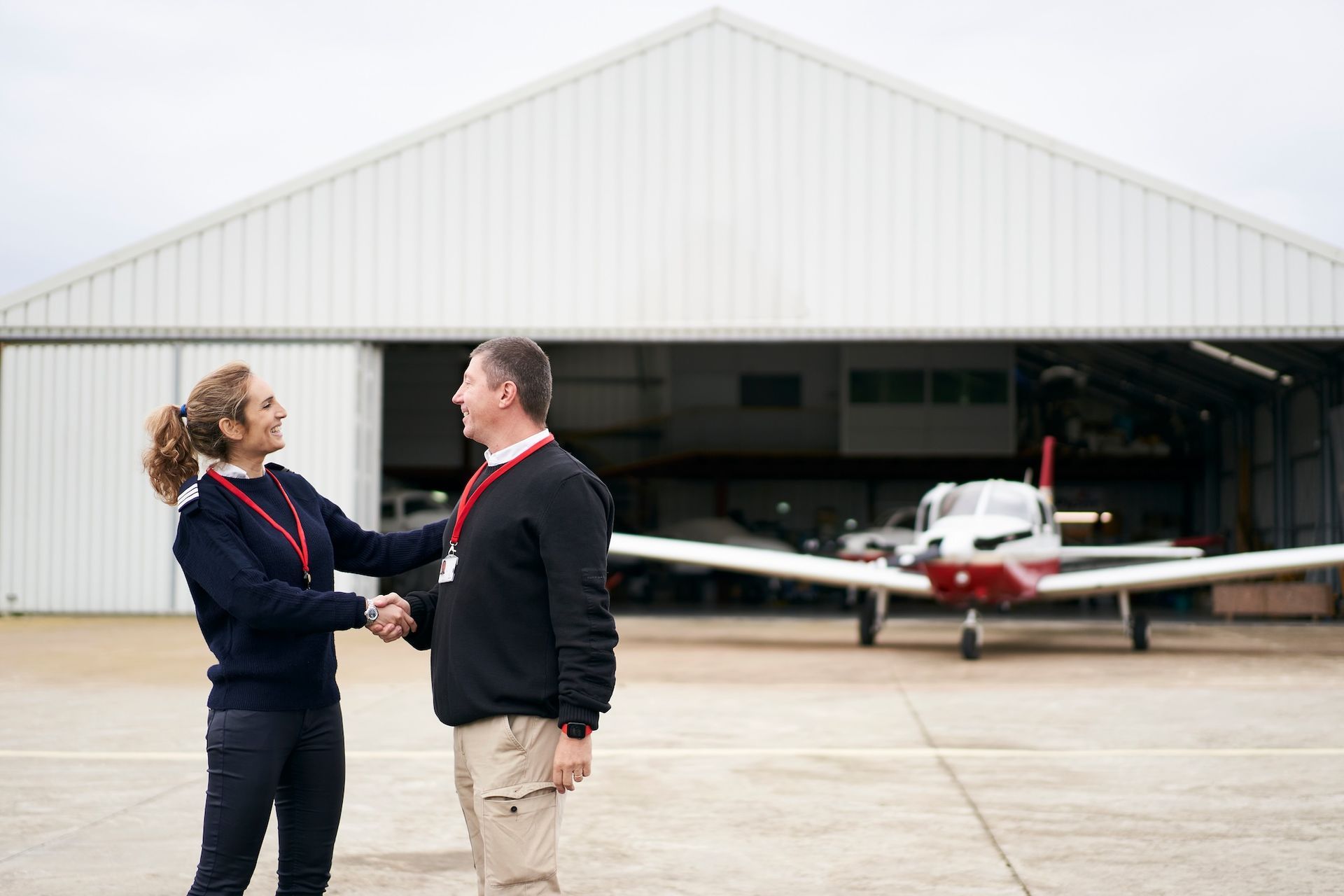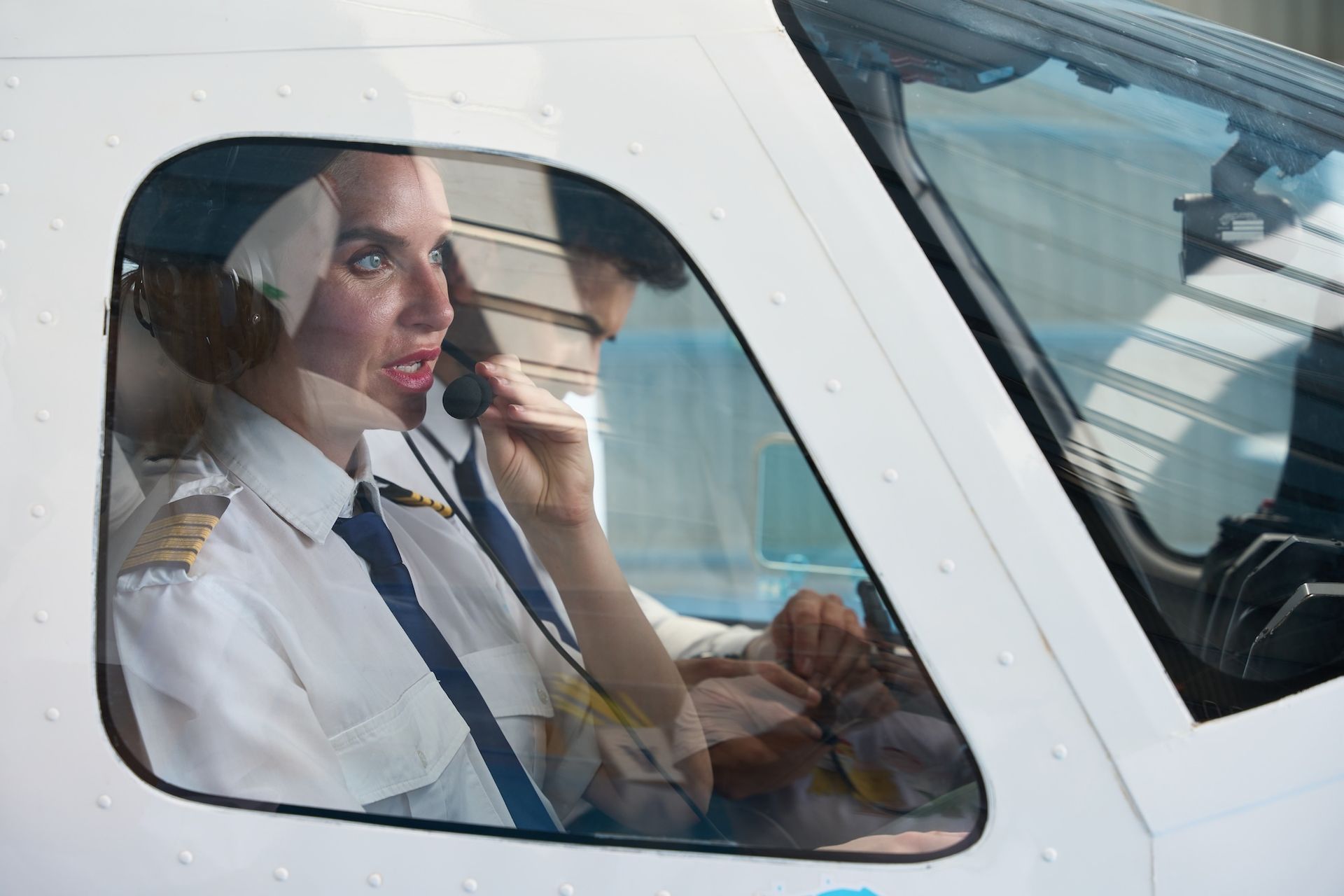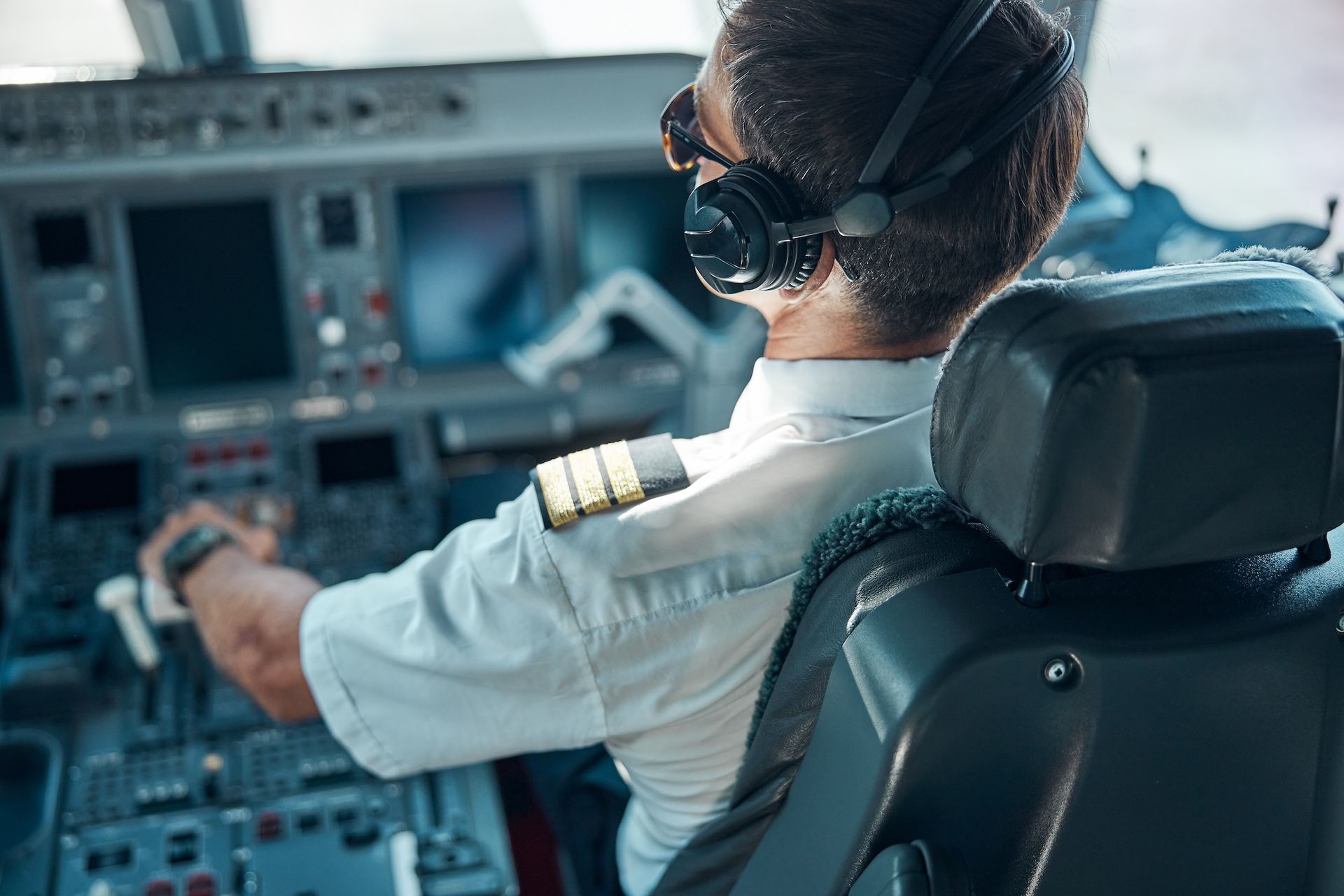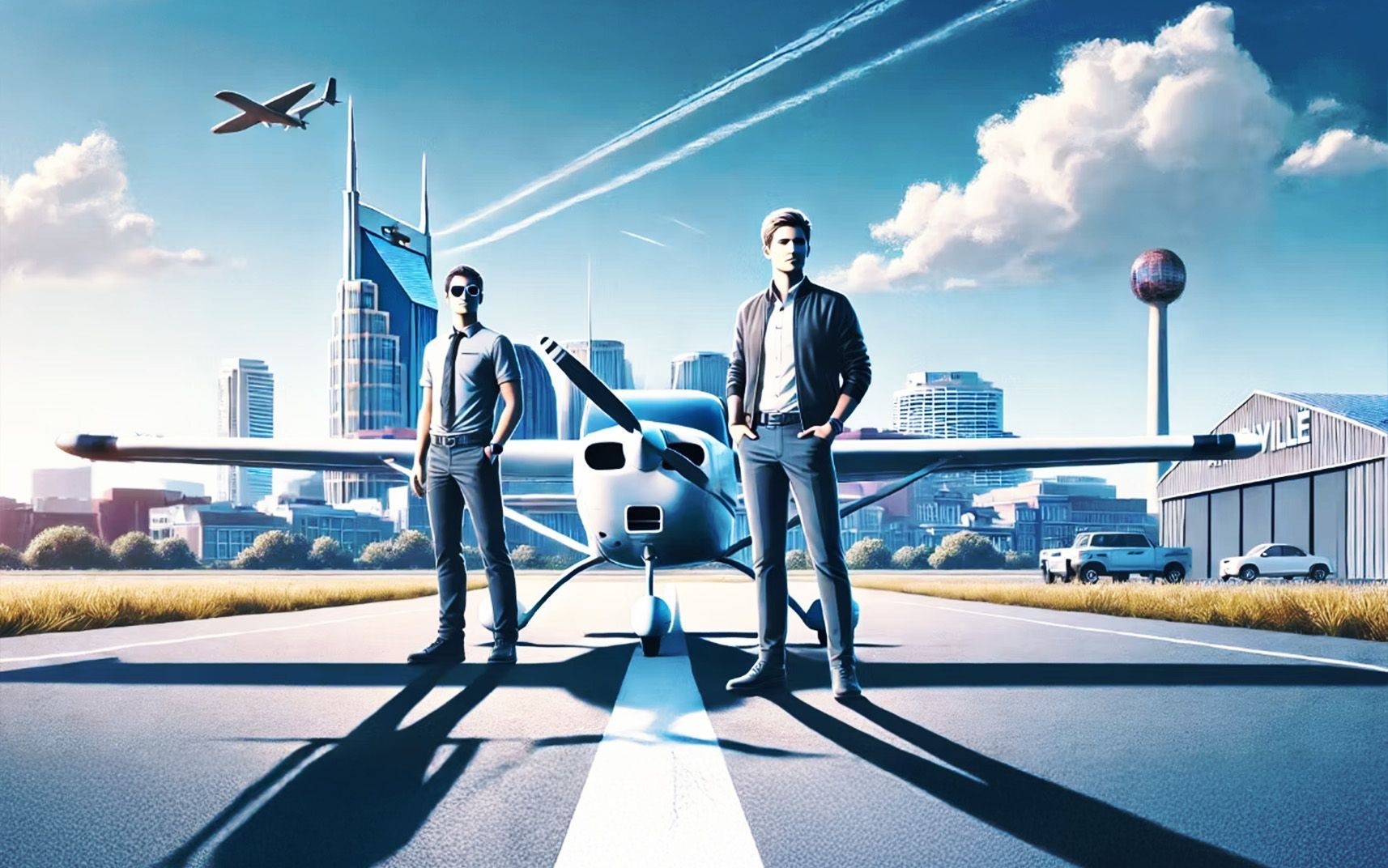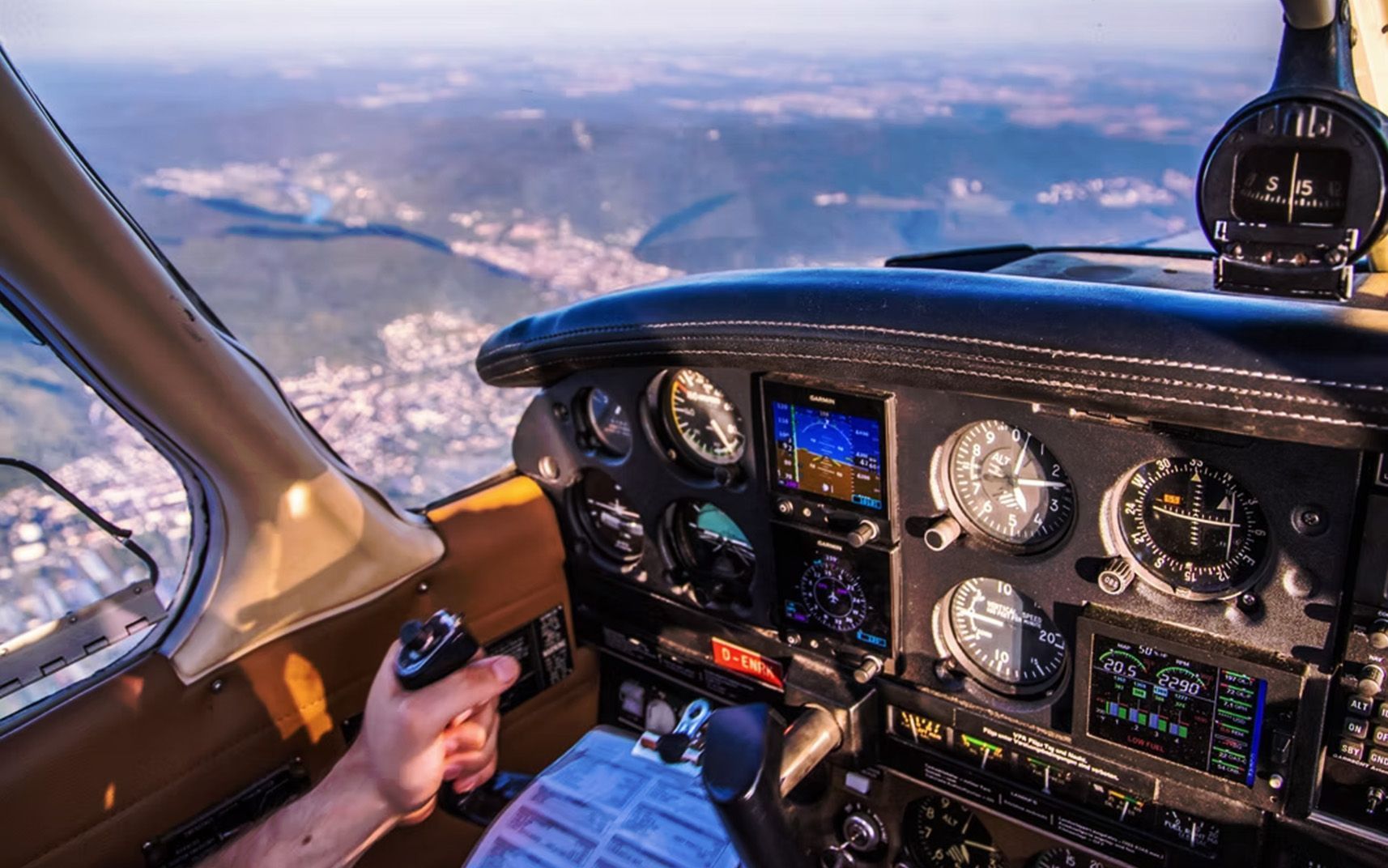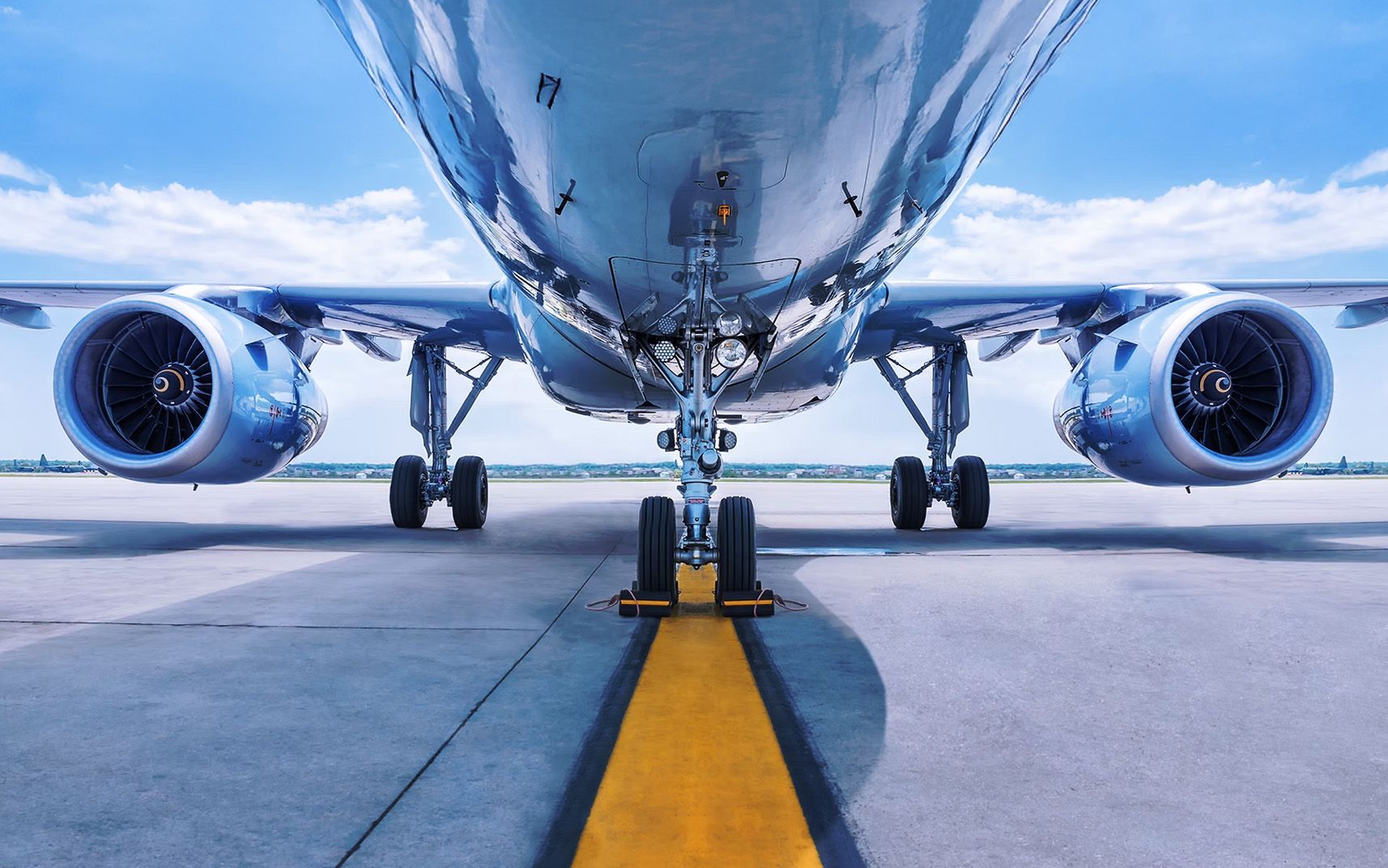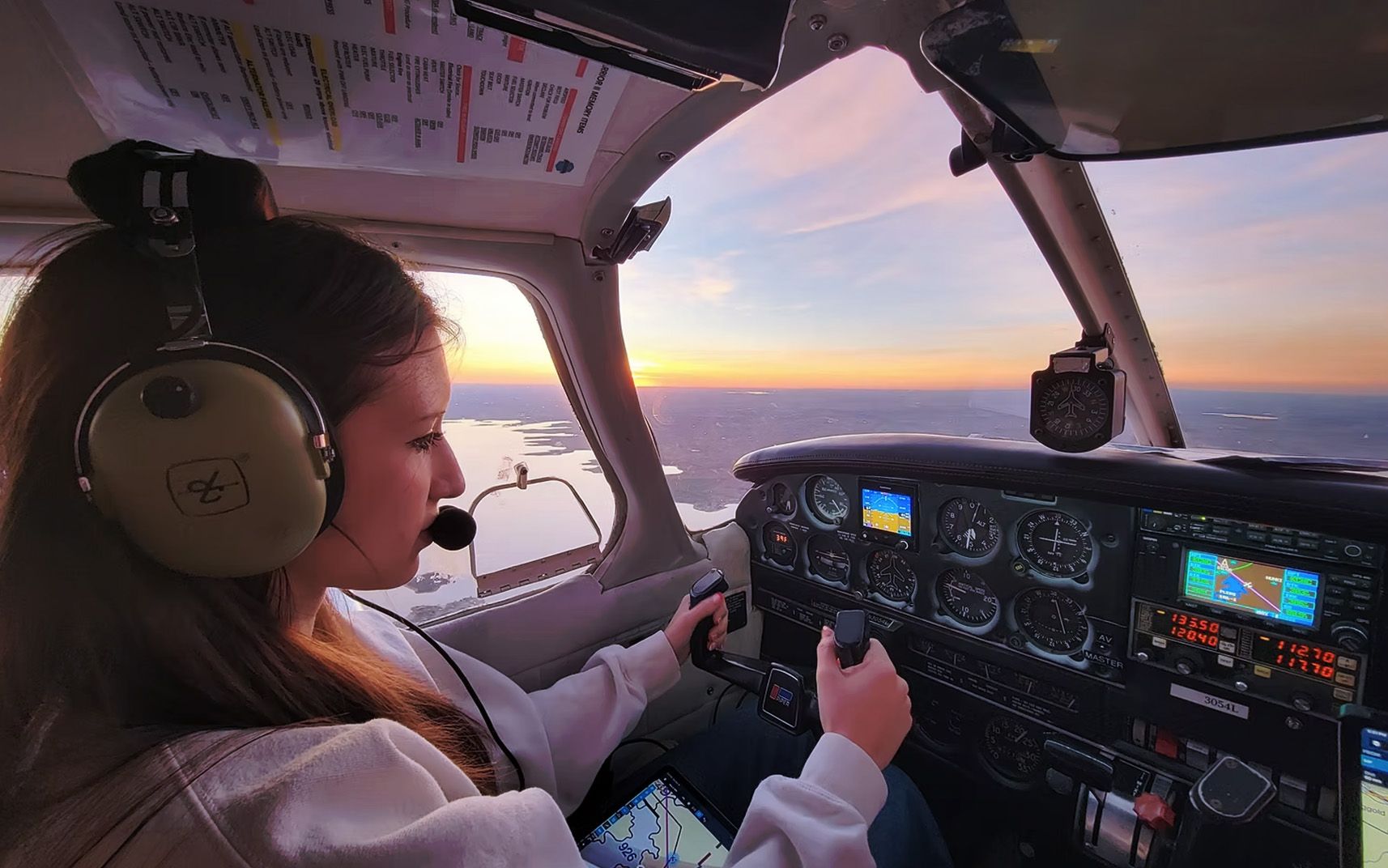How Long Does It Take to Get a Commercial Pilot License in Dallas?
Share this article
In Dallas, earning a Commercial Pilot License (CPL) can take anywhere from 9 months to 2 years, depending on the training path you choose. If you opt for an accelerated flight school program, you could be certified in as little as half a year, whereas part-time training or university programs may take longer. Let’s break down the key factors that influence the timeline.
Minimum Flight Hours Requirement
To earn a CPL in the U.S., the Federal Aviation Administration (FAA) requires a minimum of 250 flight hours. This includes:
- 100 hours of pilot-in-command time
- 50 hours of cross-country flying
- 10 hours of instrument training
- 10 hours of complex or turbine aircraft training
Training Timeline
The time it takes to reach 250 hours varies depending on your chosen path:
- Full-Time Flight School – Many students who enroll in an accelerated program at a flight academy can earn their CPL in 6 to 12 months.
- Part-Time Training – If you’re training while working or attending school, it may take 18 months to 2 years to accumulate the required hours.
- Military Training – Military pilots follow a different route but can often achieve qualifications faster.
- University Programs – College-based aviation degree programs typically take 2 to 4 years, incorporating CPL training into a structured curriculum.
Factors Affecting Training Duration
- Weather Conditions – Dallas generally has good flying weather, but seasonal storms or extreme heat may occasionally delay training.
- Availability of Instructors & Aircraft – Flight schools with high demand may have scheduling bottlenecks.
- Student Commitment – Flying multiple times per week can significantly shorten the training timeline.
On average, aspiring pilots in Dallas can expect to obtain their CPL within 9 months to 2 years, depending on their schedule and training method. If your goal is to become a professional pilot quickly, an intensive program is the best route.
No matter your path, dedication and consistent flying will get you to your commercial pilot license sooner rather than later. Ready to take off?
Recent Posts
